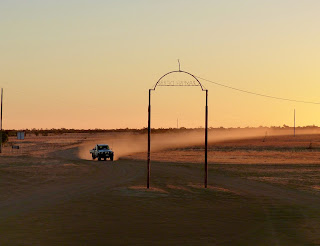Got up early to visit the School of the Air, the long distance school for children living in the outback away from schools - sorry kids: there is no escaping school! The children are taught by a mixture of parent and volunteer tutoring, teaching via Skype, school camps and graded lessons by correspondence. There is tremendous effort by teachers, parents and volunteers to make sure that the kids are not significantly educationally disadvantaged by their isolation and by all accounts they do a great job.
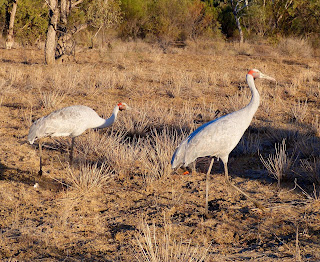
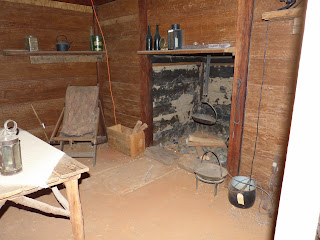
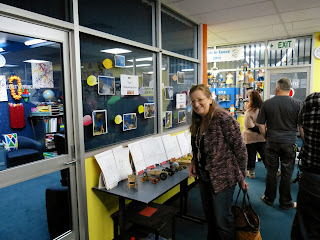

We then drove across the road to visit the home of the QANTAS Founders Outback Museum, as Longreach was also the original depot for QANTAS and includes amongst its displays a decommissioned QANTAS 747 that dominates the highway coming into town. This was another interesting museum that chartered the beginnings of QANTAS in Western Queensland. Early settlers (such as Peters grandparents) suffered the effects of enormous isolation, especially when there was a serious accident or illness and the advent of air transport, with the Fly Doctor Service, helped reduce the sense of isolation. They also had a 727 and a DC3 (the workhorse of WW2) on display and some replicas of early QANTAS planes housed in the original QANTAS hanger.

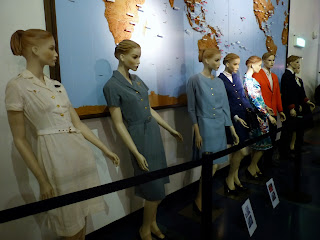
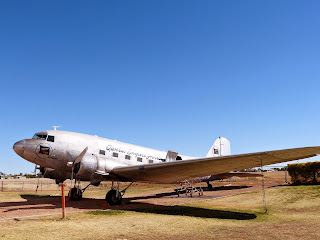


We were glad to have visited Longreach and see all the attractions, but felt the venues and activities were developed to attract tourists with limited time to get a feel for the outback. With the loss of government jobs in Longreach, they have managed to retain people and jobs through growing tourism activities and should be congratulated for that. Set off for Winton in the late in the afternoon (no kangaroos) and camped off the road amidst the tuffs of dry Mitchell Grass. The countryside is getting drier, dotted with small spindly shrubs and trees and the 3 year old drought shows no sign of breaking.



The next morning, we set off for the Australian Age of Dinosaurs Museum, which is situated about 15km up a dirt road on a high plateau. The museum has only been built a few years and is an outstanding building with an amazing setting with 360o views. We were very impressed by the enthusiasm and energy of the palaeontologists and volunteers. This has the largest collections of Australian dinosaur fossils in the world and started by a local farmer who found bones sticking up out of the black soil. We had a tour of the lab and saw the fossilised bones from two new species – Banjo and Matilda, named after the other claim to fame in Winton – Banjo Patterson was meant to have penned and performed his immortal Australian song – Waltzing Matilda, one that many people (including ourselves) think should be our National Anthem. What’s not to like about this song – it has drama, pathos, is anti-establishment and honours our early pioneers!





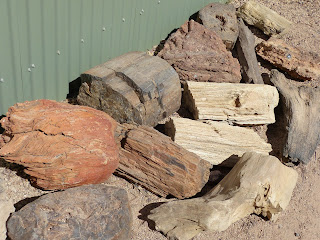




Camped at Long Water Billabong, just out of Winton and enjoyed a spectacular sunset and bright crisp stars.


